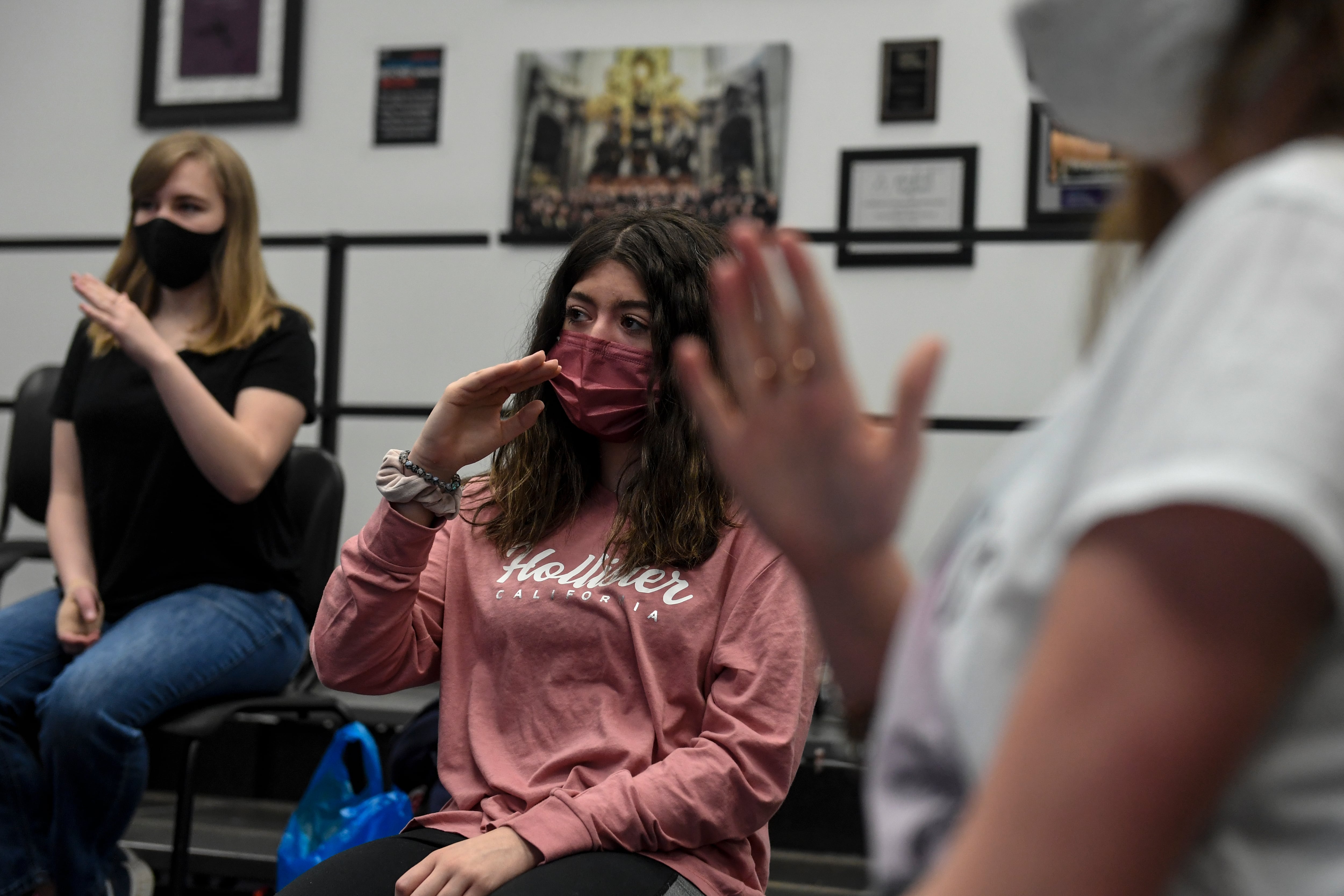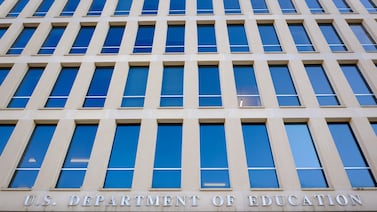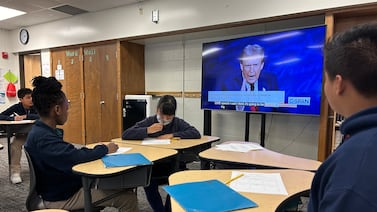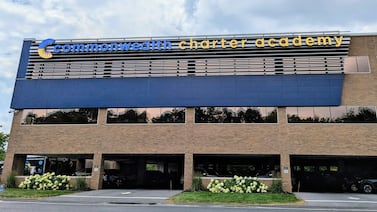Students who are too young to receive a COVID vaccine will have to wear a mask in Jeffco schools this fall.
The state’s second-largest district announced the new rule Friday afternoon, a day after the county’s public health department released updated guidance.
The public health department strongly suggested masks for all people inside schools, regardless of vaccination status, and informed the school district that they would enforce quarantine procedures this fall. District leaders across the state have been calling for an end to quarantines because they disrupt in-person learning.
“They have indicated they will require quarantines for routine classroom exposure for anyone unvaccinated and not wearing a mask. This has major implications for our students age 11 and under, who are not eligible for the vaccination at this time,” reads the statement from Jeffco Public Schools.
The federal Centers for Disease Control and Prevention recommends masks for everyone in a school setting. Colorado had previously recommended masks for people who were unvaccinated, but late Friday updated its guidance to match the CDC’s. However, local school districts can still set their own policies.
Although the guidelines from the county and the CDC recommend masks for everyone, Jeffco will require them only for children 11 and younger. Children older than that are strongly encouraged to wear masks if they are not vaccinated and urged to mask up even if they are.
Staff will have to inform the Jeffco district of their vaccination status by Aug. 16, and those who are not vaccinated will be required to wear a mask. Vaccinated staff will also be encouraged to wear a mask as well. Visitors will be allowed in the schools this coming academic year but will all be required to wear masks.
Reflecting Colorado’s system of local control, other large suburban districts are taking different approaches. Westminster Public Schools, citing updated guidance from Tri-County Public Health, said Friday that students, teachers, and staff all must wear masks in school buildings and buses.
Adams 12 Five Star Schools, meanwhile, said that all teachers and staff must wear masks regardless of vaccination status to reduce the potential for disruption when staff contract COVID and have to isolate.
But Adams 12 will not require masks for students.
“The district strongly encourages masks for all in our buildings,” Adams 12 officials wrote. “We will honor the decision of parents when it comes to their children wearing or not wearing a mask in school.”
Denver Public Schools, the state’s largest school district, is expected to release its mask policy soon.
Jeffco’s announcement includes instructions for obtaining waivers for students who cannot wear masks for medical or religious reasons.
Jeffco will revisit the decision if case rates drop below 35 per 100,000. As of Friday, case rates were at 77 per 100,000 in the county. “An increase of 300% in the last 11 days, so we are not trending in a good direction,” the district’s announcement states.
According to state data, almost 74% of eligible Jeffco residents have already received at least one dose of a COVID vaccine.
Jeffco’s first day of school is Aug. 17.
Colorado Bureau Chief Erica Meltzer contributed to this report.







